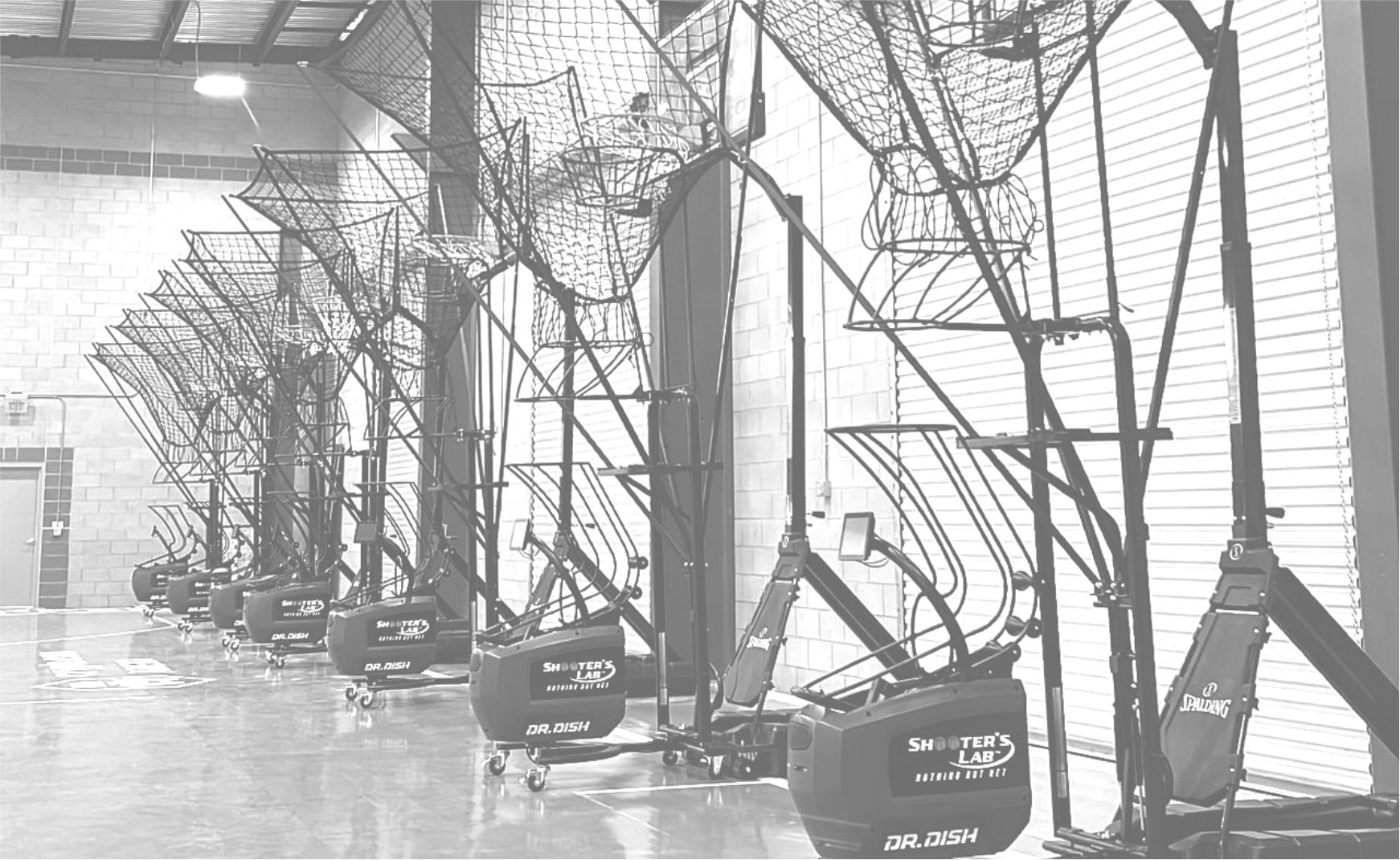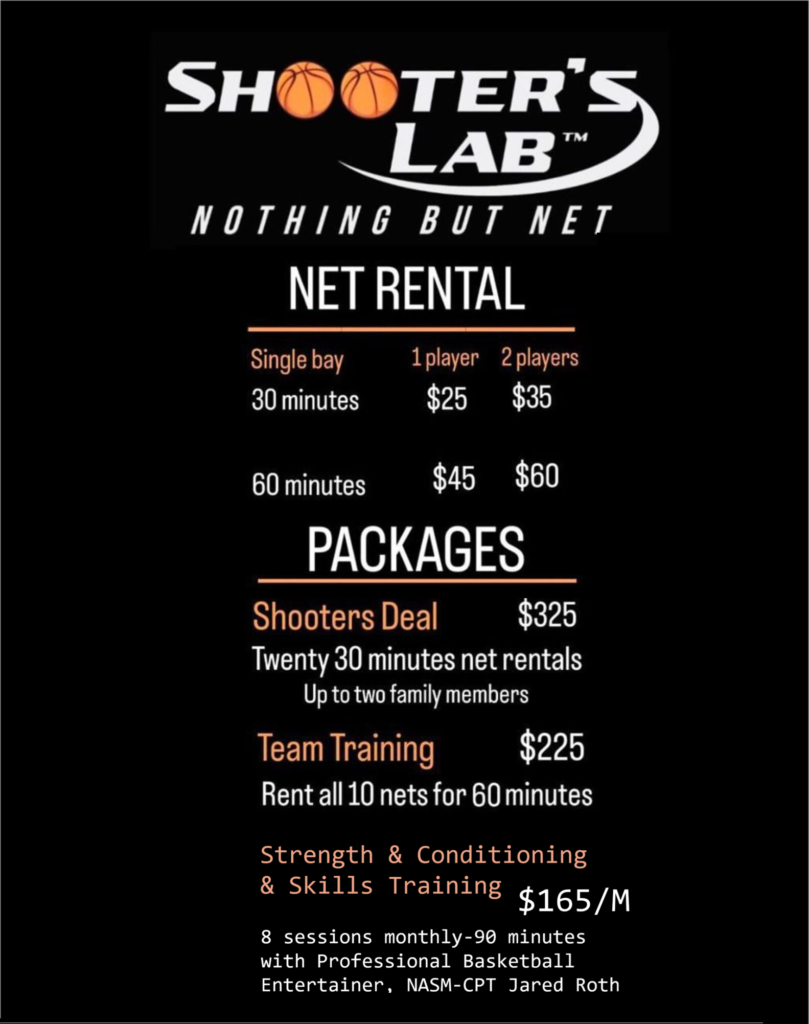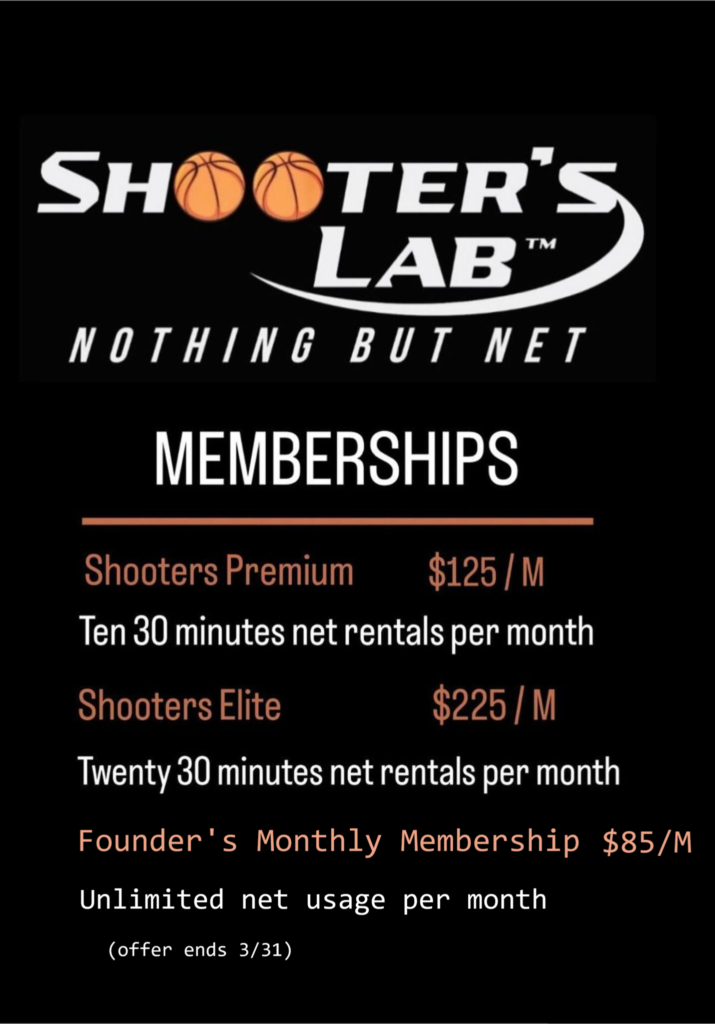
The incremental cost is computed by examining the additional expenses incurred during the manufacturing process, such as raw materials, for each additional unit of output. Understanding incremental costs can assist businesses in increasing production efficiency and profitability. When calculating incremental cost, it is important to properly identify all relevant costs that will increase as a result of producing an additional unit. These costs may include direct labor, materials, and manufacturing overhead.

Examples of Incremental Cost in Business
Economies of scale occur when expanding production QuickBooks Accountant results in cheaper costs because the costs are spread out over a greater number of commodities produced. When incremental costs are added, the fixed costs normally do not change, implying that the cost of the equipment does not vary with production levels. Incremental cost refers to the additional cost incurred by a company when producing an additional unit of a product or service. In other words, it is the cost increment that occurs when the level of production or sale of a product increases.
Production Changes

PwC refers to the US member firm or one of its subsidiaries or affiliates, and may sometimes refer to the PwC network. This content is for general information purposes only, and should not be used as a substitute for consultation with professional advisors. My Accounting Course is a world-class educational resource developed by experts to simplify accounting, finance, & investment analysis topics, so students and professionals can learn and propel their careers.
- Understand how incremental cost affects business decisions by influencing resource allocation, pricing strategies, and overall financial planning.
- It has lowered as some of your fixed costs have already been covered by your normal production volume.
- Marginal cost is calculated by dividing the change in total cost by the change in quantity produced.
- My Accounting Course is a world-class educational resource developed by experts to simplify accounting, finance, & investment analysis topics, so students and professionals can learn and propel their careers.
- If a company responds to greater demand for its widgets by increasing production from 9,000 units to 10,000 units, it will incur additional costs to make the extra 1,000 widgets.
- Take the Relationship between marginal cost and average total cost graph as a representation.
Track Your Costs With Ease

Learn about the definition and calculation of incremental costs in finance, along with examples, to better understand their significance in financial analysis. Moreover, this cost can be influenced by external factors such as inflation or fluctuations in currency values. Therefore, firms should undertake a thorough cost-benefit analysis to determine whether outsourcing presents an attractive financial proposition. The expense of subcontracting a particular service includes the additional costs incurred by a firm that are not present when those services are provided in-house. This expense includes costs such as labor fees, supervision expenses, and related taxes. It is important to carefully assess the advantages versus the disadvantages of outsourcing before making a decision.

If a business is earning more incremental revenue (or marginal revenue) per product than the incremental cost of manufacturing or buying that product, then the business earns a profit. At each level of production and time period being considered, marginal cost includes all costs that vary with the level of production, whereas costs that do not vary with production are fixed. For example, the marginal cost of producing an automobile will include the costs of labor and parts needed for the additional automobile but not the fixed cost of the factory building, which does not change with output. The marginal cost https://agrinatexports.com/2024/08/19/understanding-retail-banking-services-types-and/ can be either short-run or long-run marginal cost, depending on what costs vary with output, since in the long run even building size is chosen to fit the desired output.
Best-Selling Jewelry Products: Insights from BeProfit’s Analysis
- When a company’s incremental cost of capital rises, investors take it as a warning that a company has a riskier capital structure.
- A restaurant with a capacity of twenty-five people, as per local regulations, needs to incur construction costs to increase capacity for one additional person.
- Incremental costs are relevant in making short-term decisions or choosing between two alternatives, such as whether to accept a special order.
- Incremental cost is usually computed by manufacturing entities as a process in short-term decision-making.
- Understanding incremental costs is figuring out how much more money you need to invest if you make an extra unit of your product or deliver an extra unit of services.
If a incremental cost meaning manufacturing facility operates longer hours, electricity and water usage will rise. Some overhead costs remain fixed, but others escalate with increased activity. Training costs may arise if new hires require onboarding, especially for specialized roles. Higher production levels can also lead to increased worker fatigue, raising absenteeism or turnover, which further impacts labor costs.
Example of Incremental Analysis
In other words, incremental costs are solely dependent on production volume. Conversely, fixed costs, such as rent and overhead, are omitted from incremental cost analysis because these costs typically don’t change with production volumes. Also, fixed costs can be difficult to attribute to any one business segment. Variable costs fluctuate with production levels and include raw materials, direct labor, and utilities. Unlike fixed costs, which remain constant regardless of output, variable costs increase or decrease based on the number of units produced. From the above information, we see that the incremental cost of manufacturing the additional 2,000 units (10,000 vs. 8,000) is $40,000 ($360,000 vs. $320,000).
How do I improve my AOV in my online business?
If a company responds to greater demand for its widgets by increasing production from 9,000 units to 10,000 units, it will incur additional costs to make the extra 1,000 widgets. If the total production cost for 9,000 widgets was $45,000, and the total cost after adding the additional 1,000 units increased to $50,000, the cost for the additional 1,000 units is $5,000. Incremental cost refers to the cost of producing an additional unit of output, taking into account all costs that vary with the level of production, including fixed costs. Costs are determined differently by each organization according to its overhead cost structure. The separation of fixed costs and variable costs and determination of raw material and labor costs also differs from organization to organization. Incremental costs are relevant in making short-term decisions or choosing between two alternatives, such as whether to accept a special order.
How do you calculate incremental costs? ›
The first step in calculating the incremental cost is determining how many units you want to add to your normal production capacity. If the LRIC rises, it is likely that a corporation will boost product pricing to meet the costs; the inverse is also true. Forecast LRIC is visible on the income statement, where revenues, cost of goods sold, and operational expenses will be altered, affecting the company’s total long-term profitability. Ultimately, a thorough understanding of incremental cost empowers businesses to make well-informed decisions that can positively impact their bottom line.




